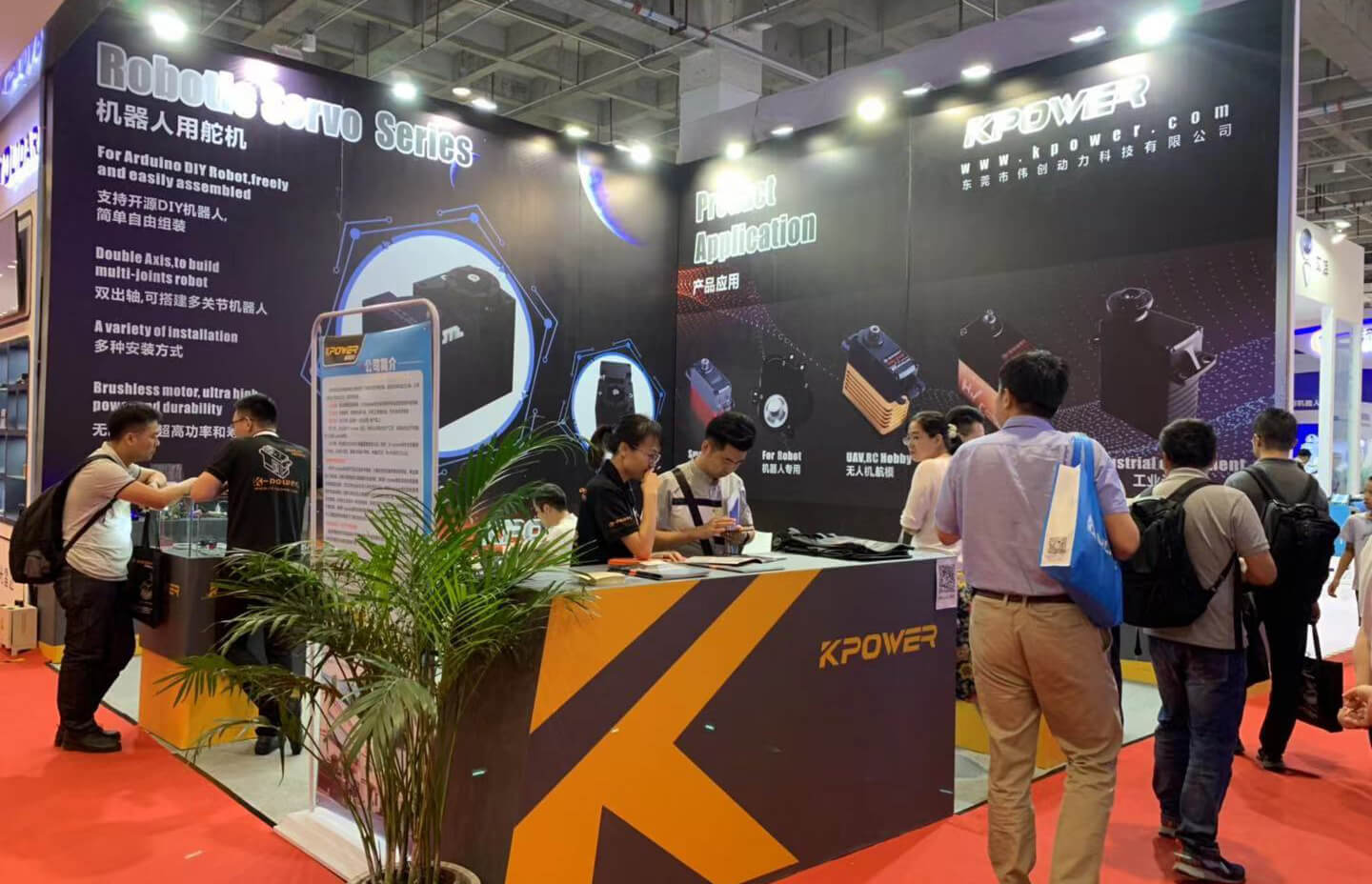Imagine a bustling city where roads are constantly converging and diverging, each vehicle rushing to its destination. Now, think of microservices as those vehicles—independent, lightweight, and specialized. But managing this chaotic traffic—getting all these microservices to speak smoothly—is a craft. That’s where an API gateway steps in—a guardian and guide for your digital city.

In the world of .NET Core-driven microservices, choosing the right API gateway isn’t just a technical checkbox; it’s the backbone of your system’s efficiency. It acts as a gatekeeper, controlling traffic, authenticating users, logging requests, and even handling load balancing—like a city traffic cop directing flow during rush hour. If your system needs to scale quickly, the API gateway’s role becomes even more critical—imagine it as a smart traffic light that adapts based on real-time data, reducing congestion and ensuring passengers barely feel the bumps.
What often gets overlooked? Response times and user experience. Simplifying interactions by consolidating multiple endpoints into one streamlined interface keeps things smooth. No one wants to wait three seconds for an API to respond, especially when they’re just trying to check out or view their account balance. Using a well-designed API gateway attached to your .NET Core microservices, you’re basically creating a backstage pass that filters, secures, and presents data behind the scenes, making everything feel seamless.
Sometimes, folks wonder if integrating an API gateway complicates things—or if it’s just another layer to manage. Here’s the reality: it cuts down complexity elsewhere. Instead of each microservice handling security, logging, or routing on its own, all that’s centralized. Think of it like having a single, super-efficient concierge for your skyscraper, who knows everyone’s name, their preferences, and the quickest way to their office.
And what about security? It's no joke. With sensitive data zipping around, you want a shield—something that can authorize, authenticate, and block unwanted traffic without breaking a sweat. The API gateway becomes the first line of defense. Plus, deploying in .NET Core adds a cherry on top—because it’s cross-platform, fast, and reliable, perfect for modern cloud environments.
Now, let’s get to the real juice. If you want your microservices architecture to perform like a well-oiled machine, integrating an API gateway isn’t just smart; it’s necessary. It’s about creating a system that’s scalable, manageable, and resilient. When your API gateway is finely tuned, your applications become more responsive, easier to maintain, and ready to scale without headaches. That’s the magic behind a solid microservices setup.
In the end, the question isn’t whether to use an API gateway—because every modern microservices system does. It’s which one matches your specific needs, how it integrates with your .NET Core environment, and how it makes your digital ecosystem more robust. Focusing on these details can be the difference between a system that falters and one that thrives under pressure.
Established in 2005, Kpower has been dedicated to a professional compact motion unit manufacturer, headquartered in Dongguan, Guangdong Province, China. Leveraging innovations in modular drive technology, Kpower integrates high-performance motors, precision reducers, and multi-protocol control systems to provide efficient and customized smart drive system solutions. Kpower has delivered professional drive system solutions to over 500 enterprise clients globally with products covering various fields such as Smart Home Systems, Automatic Electronics, Robotics, Precision Agriculture, Drones, and Industrial Automation.




































